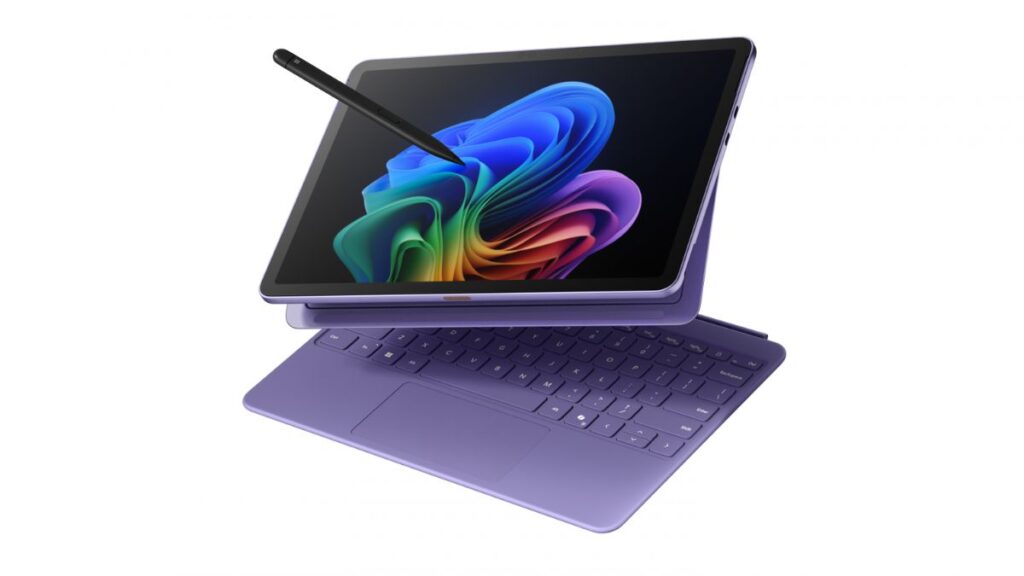A majority of x86 servers run some version of Windows Server, and Docker is the de facto leader in containers. It only makes sense that Microsoft and Docker team up to try and bring the power of Docker to Windows, and the massive opportunity of Windows to Docker. I spoke to Docker COO Scott Johnston about the relationship between the two:
Recently at the Microsoft Ignite conference in Atlanta, Microsoft and Docker took their alliance to a new level. The two announced a commercial partnership that makes the Commercially Supported (CS) Docker Engine and Docker Datacenter available to Windows Server 2016 customers.
Combining one of the dominant cloud platforms and technology providers with the de facto leader of the rapidly expanding world of containers has a lot of potential benefits for all parties. I had a chance to chat with Docker COO Scott Johnston to get his thoughts on some of the implications of the partnership and the announcements from Ignite.
Tony Bradley: What benefits does Docker bring to the table for Microsoft customers who may be relatively new to the world of containers or DevOps?
Johnston: There are two primary benefits. First, increase application release frequency. Building Windows apps as Docker containers gives customers a reproducible, portable build artifact that eliminates the “works on my machine” finger-pointing that can occur between developers or between development and operations. Customers report increasing their app release frequency by 13 times when using Docker versus before.
Second, resource optimization. Docker containers encapsulate only the application and its dependencies. This is much smaller unit of deployment than a traditional guest VM, which contains an app and its dependencies as well as a copy of the operating system. As a result, Docker containerized apps start faster, and approximately five to 10 times the number of apps—once Dockerized—can fit on the same infrastructure as before without Docker.
Bradley: How do Docker containers coexist or integrate with Windows containers or Hyper-V containers?
Johnston: Docker containers and Windows and Hyper-V containers one and the same—they’re synonymous. Specifically, customers use the Docker Engine to build Docker Windows images that run as Windows containers or Hyper-V containers using primitives in the Windows Server kernel.
Bradley: Security is a key consideration, especially for larger enterprise customers looking to move to containers. How are Microsoft and Docker addressing the issue of security?
Johnston: Hyper-V containers are a great example of how the companies are working together on security. Specifically, Hyper-V containers are a deploy-time option for IT pros that are completely independent of the developer’s workflow. The developer creates a Docker Windows image without having to consider whether it will be deployed as a Windows container or Hyper-V container.
Then, at deploy-time, the IT pro sets a command line switch that determines whether the image runs as a Windows Server or Hyper-V container. If the Hyper-V option is selected, the Hyper-V container sets up behind-the-scenes a Hyper-V isolation layer around the container, and gives that container a dedicated Windows Server kernel. The Hyper-V isolation and dedicated Windows Server kernel give users an increased security profile for multitenant use cases.
See the full post on ContainerJournal.com: Q&A: Docker COO on Microsoft Partnership.
- Why Data Security Is the Real AI Risk - June 30, 2025
- Why Being Bold Matters in Cybersecurity—and Branding - June 3, 2025
- Gear Tested and Approved: My Top Picks for Dads and Grads This Season - May 28, 2025



